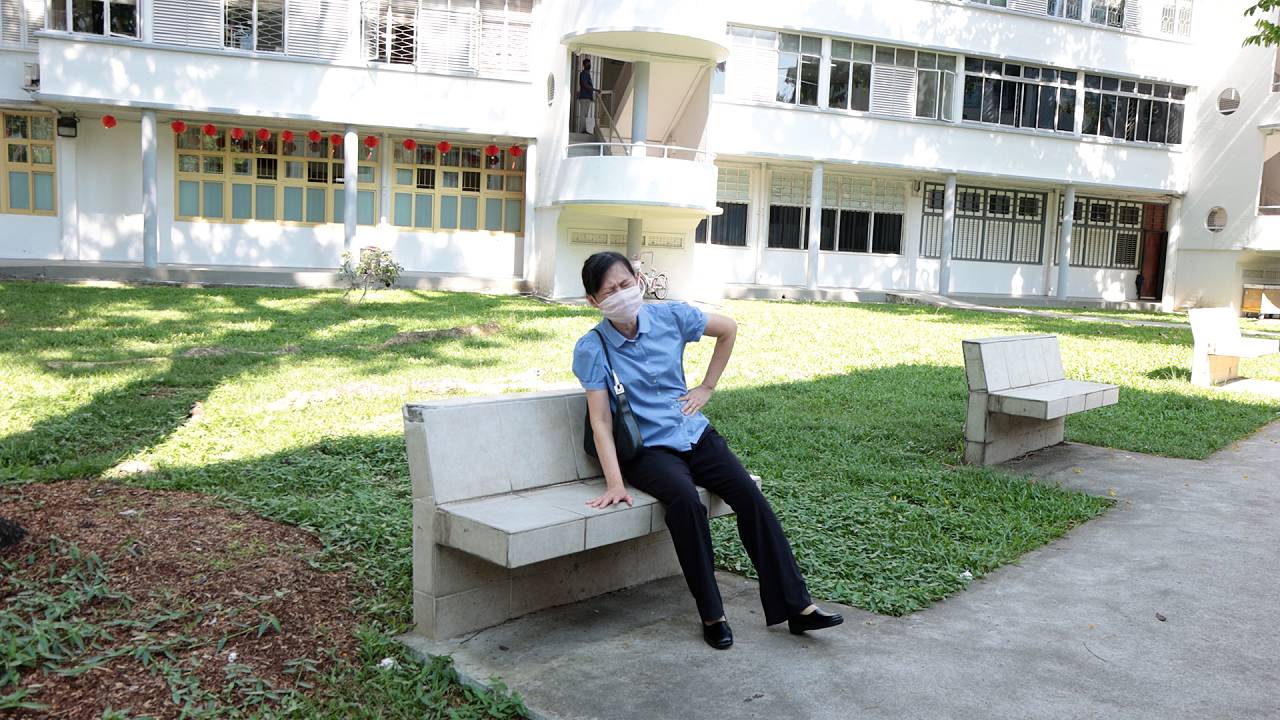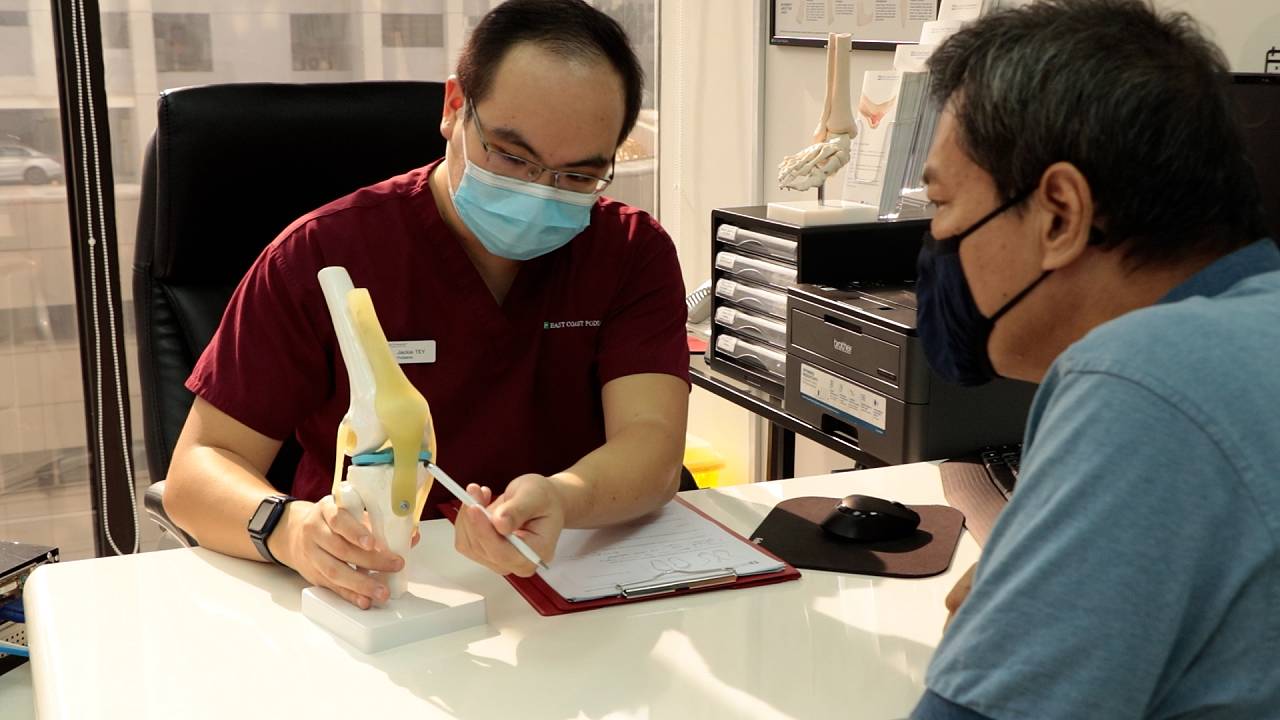Why is Podiatry Care Important for the Elderly?
Although Singapore’s average life expectancy has increased by 8.7 years between 1990 and 2017, the healthy life expectancy at birth, the number of years spent in a good quality of health, has only risen by 7.2 years.1 This suggests that while our lifespans are getting longer, there is an increased likelihood of us suffering from poor health conditions. This is most evident with increasing numbers of older people being inflicted by chronic diseases and disabilities such as diabetes, stroke, heart disease, and/or musculoskeletal disorders.

Older individuals are significantly more susceptible to musculoskeletal disorders due to age-related loss of muscle mass and strength, increased bone fragility, and lack of cartilage resilience, which could lead to greater risks of falls and fractures. This loss of mobility and physical independence can be extremely detrimental to not only their physical but mental health as well.
What Are the Risk Factors Associated with Ageing?
Ageing is an inherent process associated with physiological and biological changes that affect everyday function. For instance, Sarcopenia, which is the gradual loss of muscle mass and strength, starts to affect people around their 30s and accelerates around the age of 65. This muscle weakness and loss of mobility can interfere with one’s level of physical activity, which in turn further reduces muscle mass and contributes to an increased risk of falls and fractures in the elderly.
Alongside muscle degeneration, an individual’s bone mineral density tends to decrease from the age of 50 onwards as bone breakdown (resorption) occurs at a faster rate than bone formation. As a result, older individuals would be more susceptible to developing osteoporosis and become more prone to fractures.
Other factors that are likely to increase the risk of injury and disability include impaired vision, proprioception, and vestibular function, which can contribute to poorer balance and increase the likelihood of falls.

How Can My Podiatrist Help?
The role of a podiatrist in supporting elderly care and recovery includes the assessment and management of lower limb conditions. This involves identifying and addressing biomechanical and gait abnormalities, providing orthotics and footwear advice, and developing tailored rehabilitation programmes.
Here at East Coast Podiatry, the progress of our patients are expedited through the incorporation of podiatric technologies, as a full recovery cannot be achieved through physical rehabilitation alone. Some of our technologies include painless Electromagnetic Transduction therapy (EMTT) and Super Inductive System (SIS) which promote pain relief, and tissue and wound healing by stimulating the formation of fibroblast and collagen.
The Caregiver’s Role in Assisting the Elderly
It is important for caregivers to understand how they can prevent falls and assist those with disabilities. Since most older people spend a lot of their time at home, a safe living environment should be maintained by removing loose mats, keeping the floor dry and clear of clutter, and installing grab bars in bathrooms for extra support.
Caregivers should also monitor for any pain or discomfort expressed by the elderly as early detection and intervention can slow down and even stop the progression of any underlying conditions or disorders.
By gaining a better understanding of the elderly person’s needs and worries, the caregiver can help to reduce feelings of loneliness in these difficult situations, and the development of a healthy relationship between both parties is crucial to improving their overall wellbeing and mental state.




